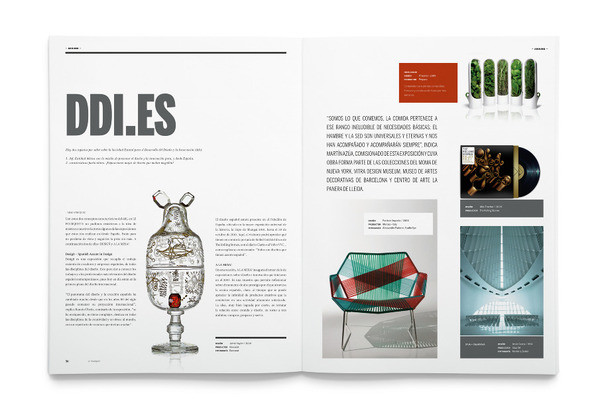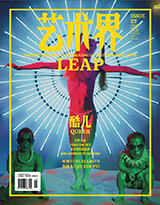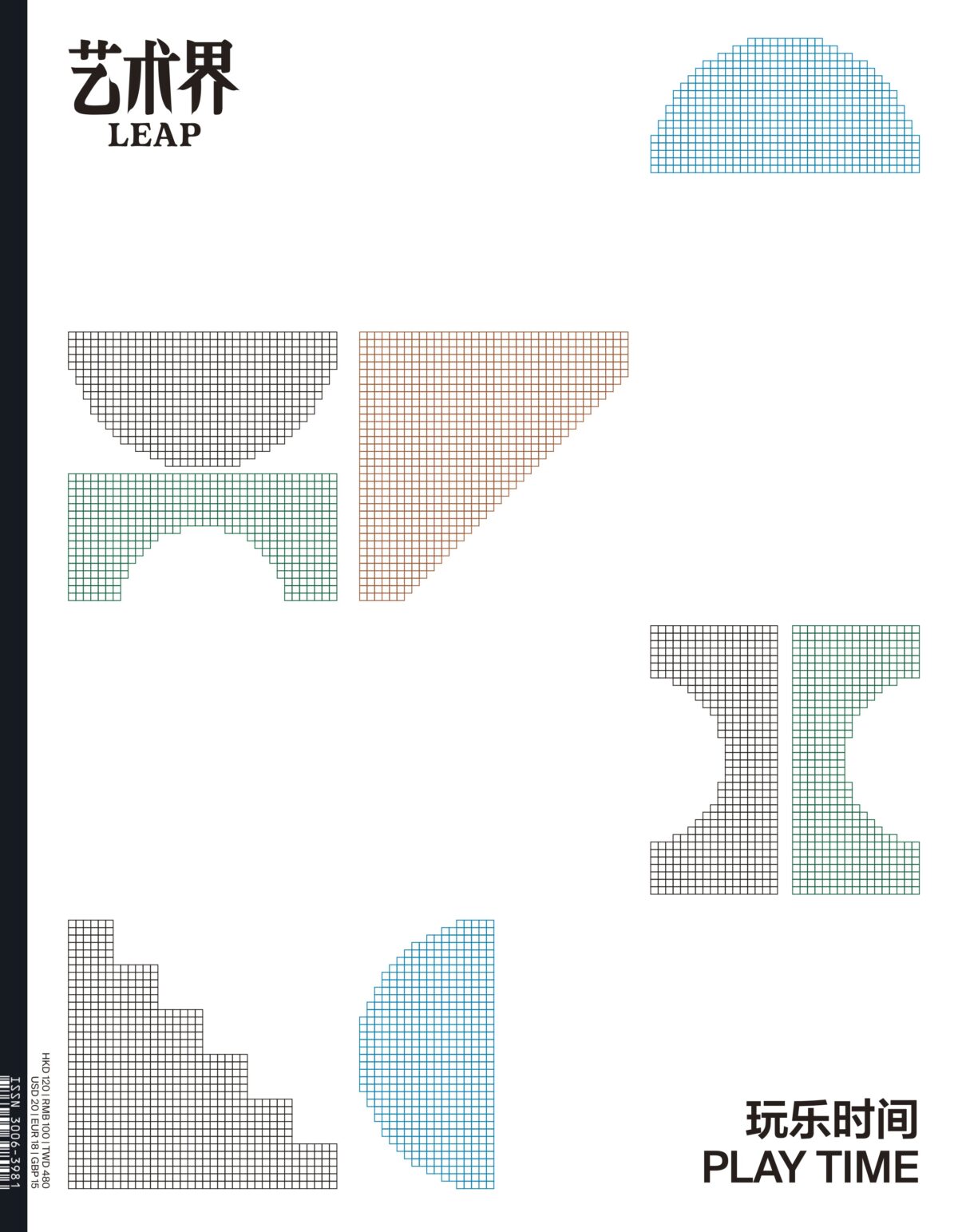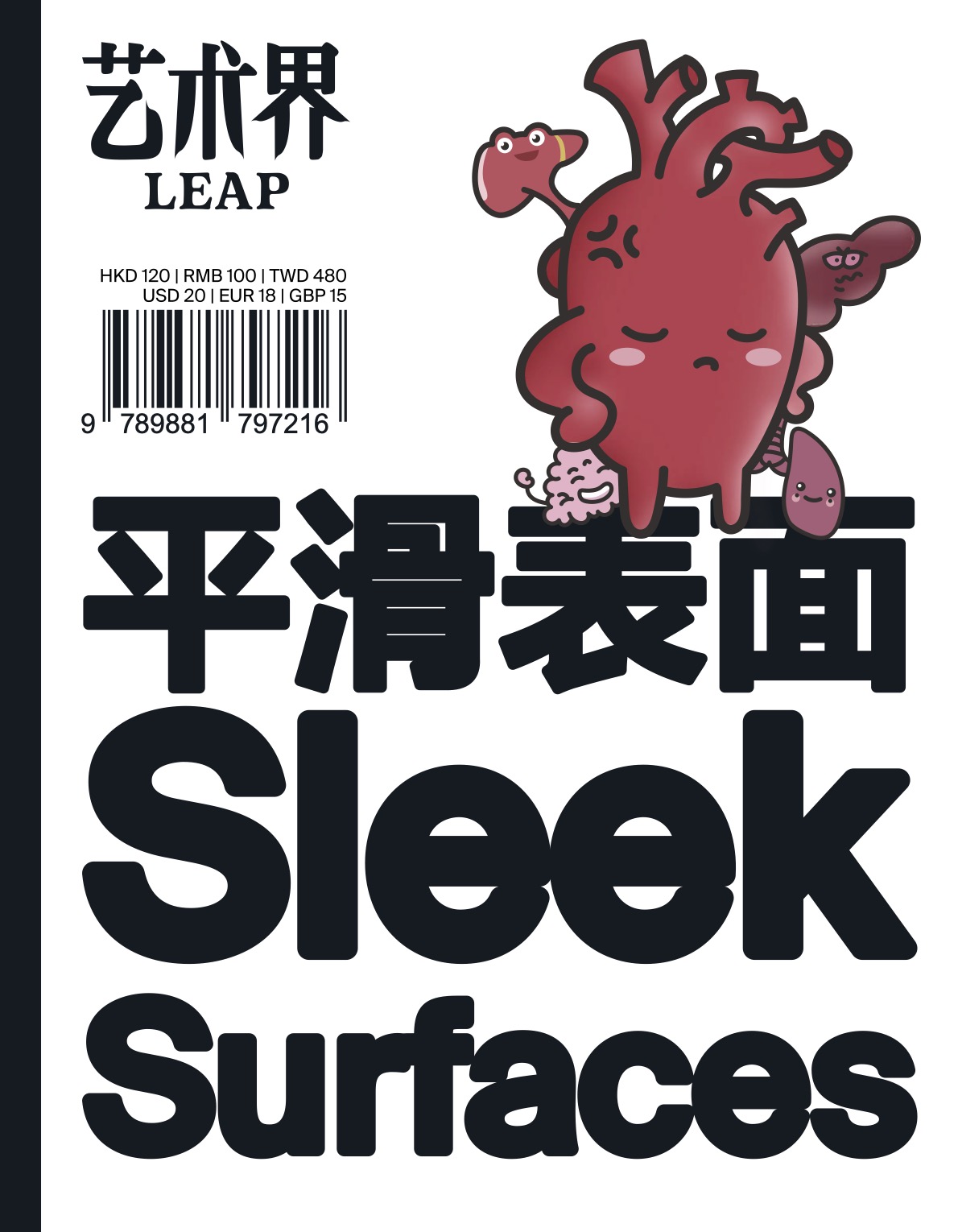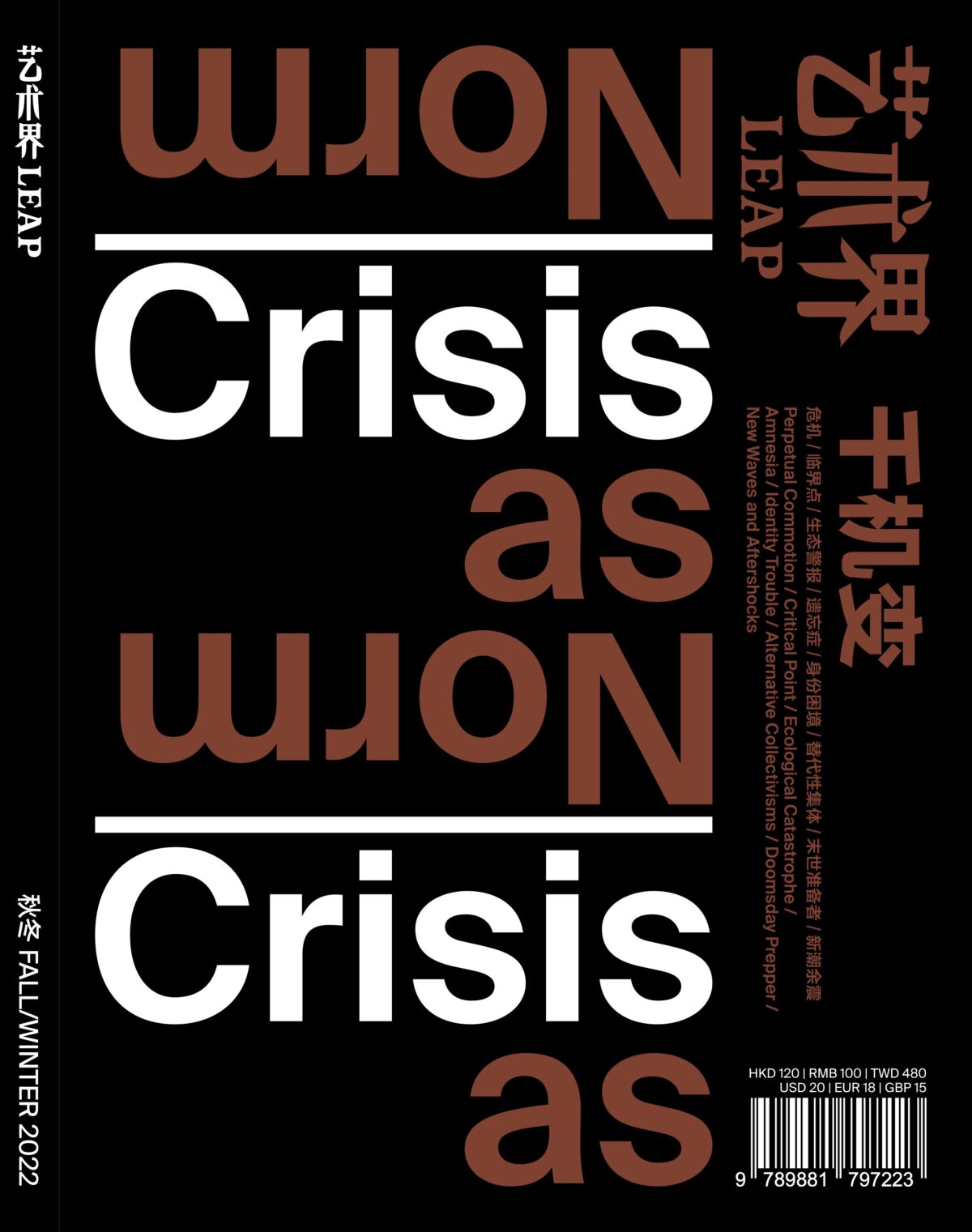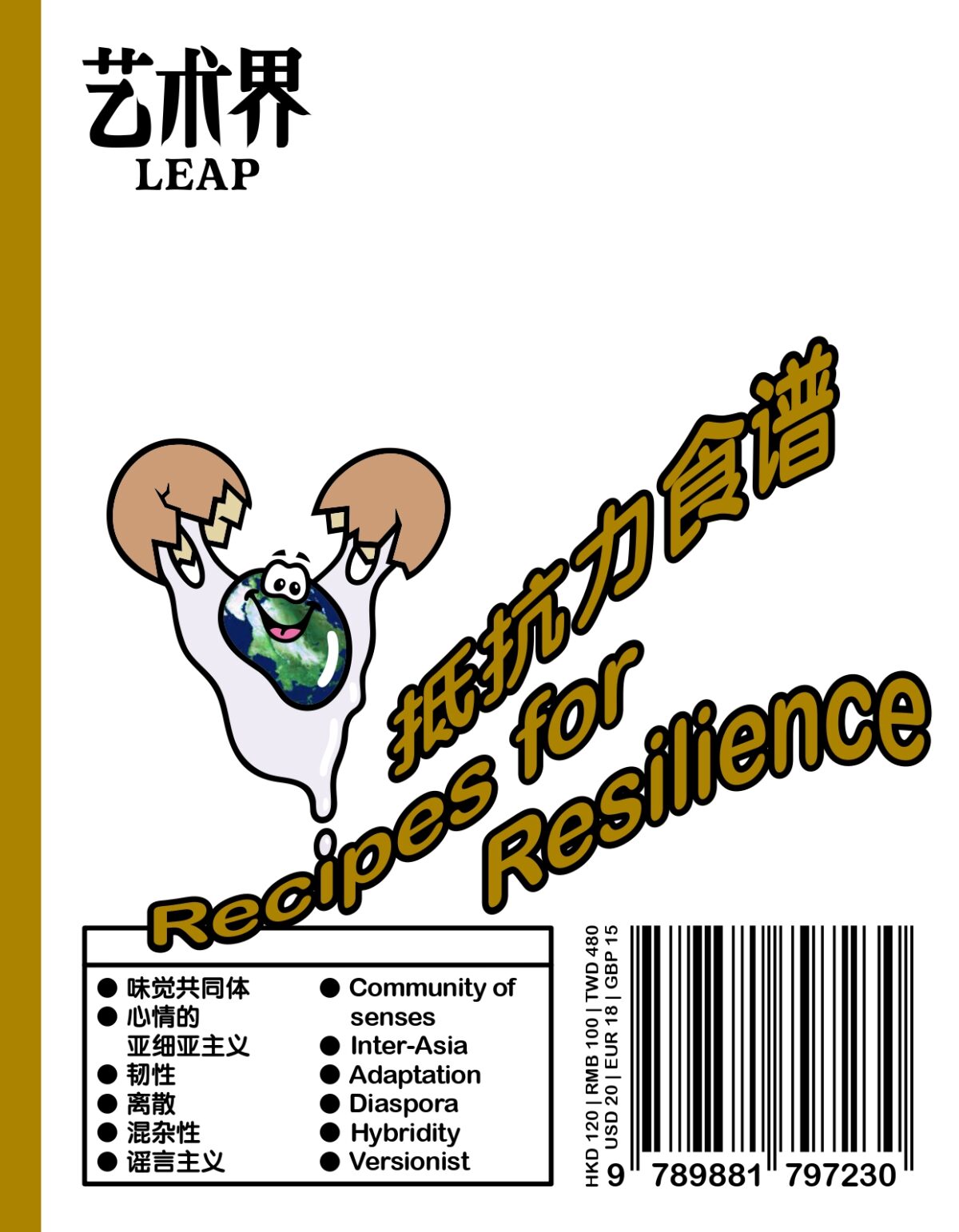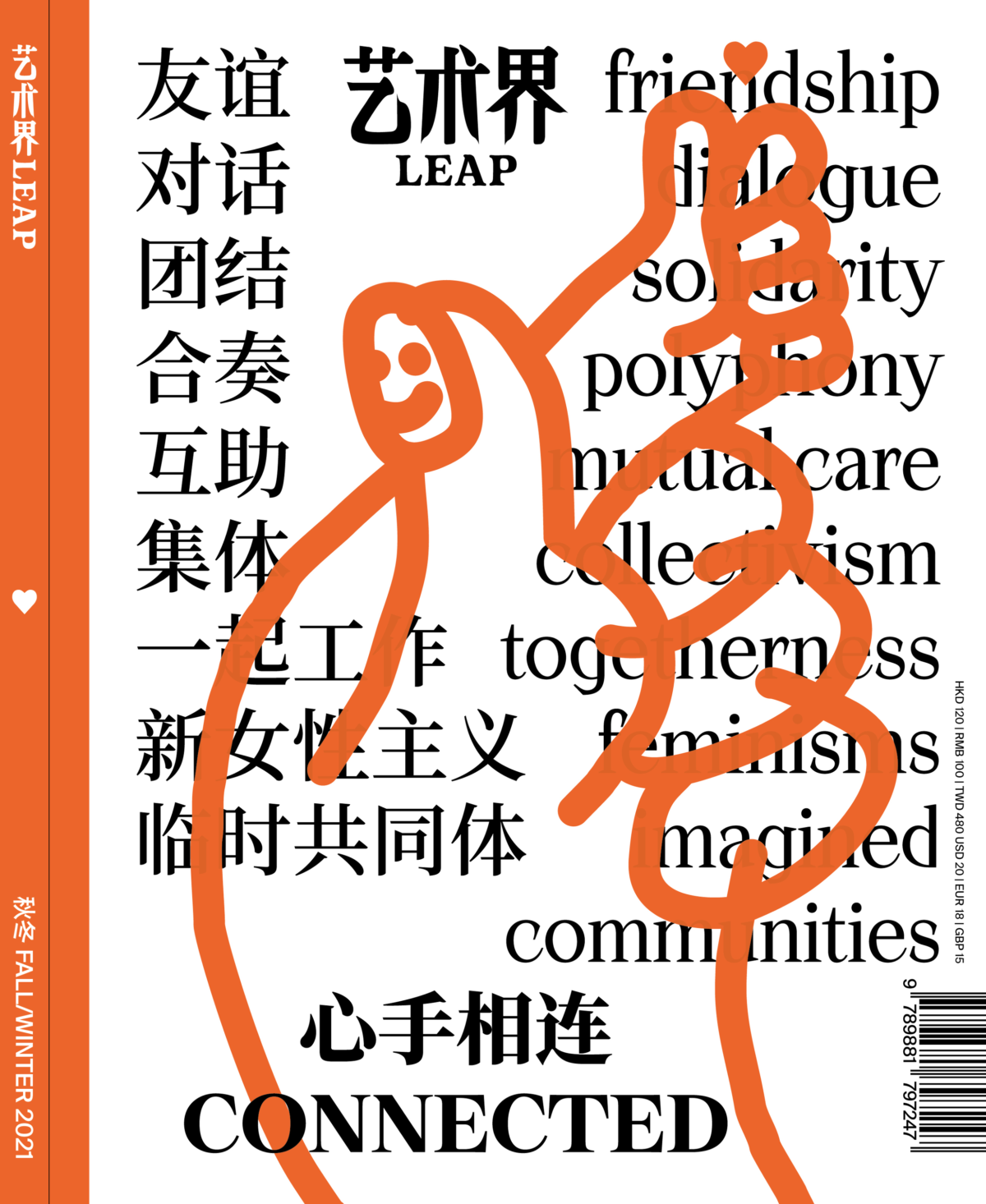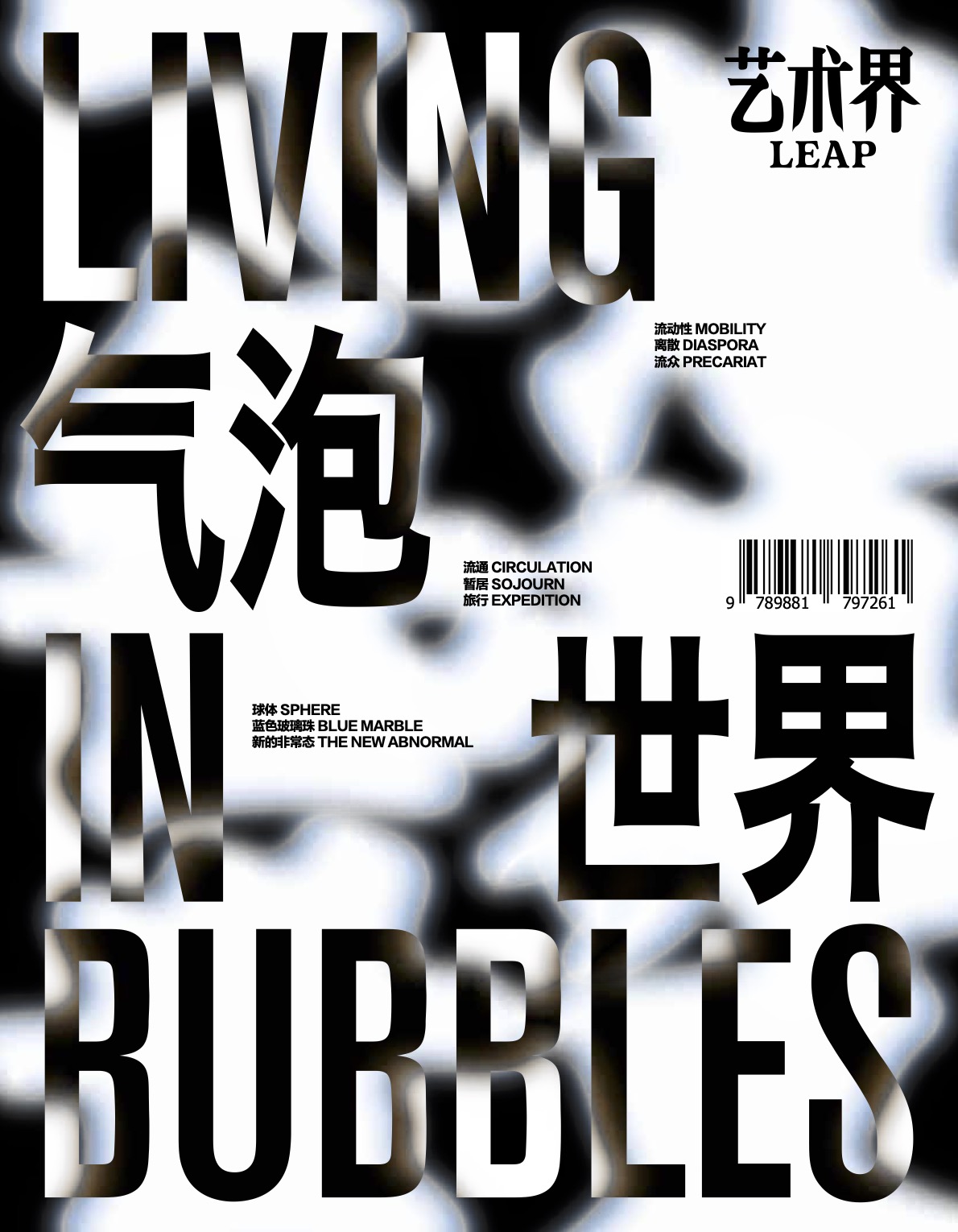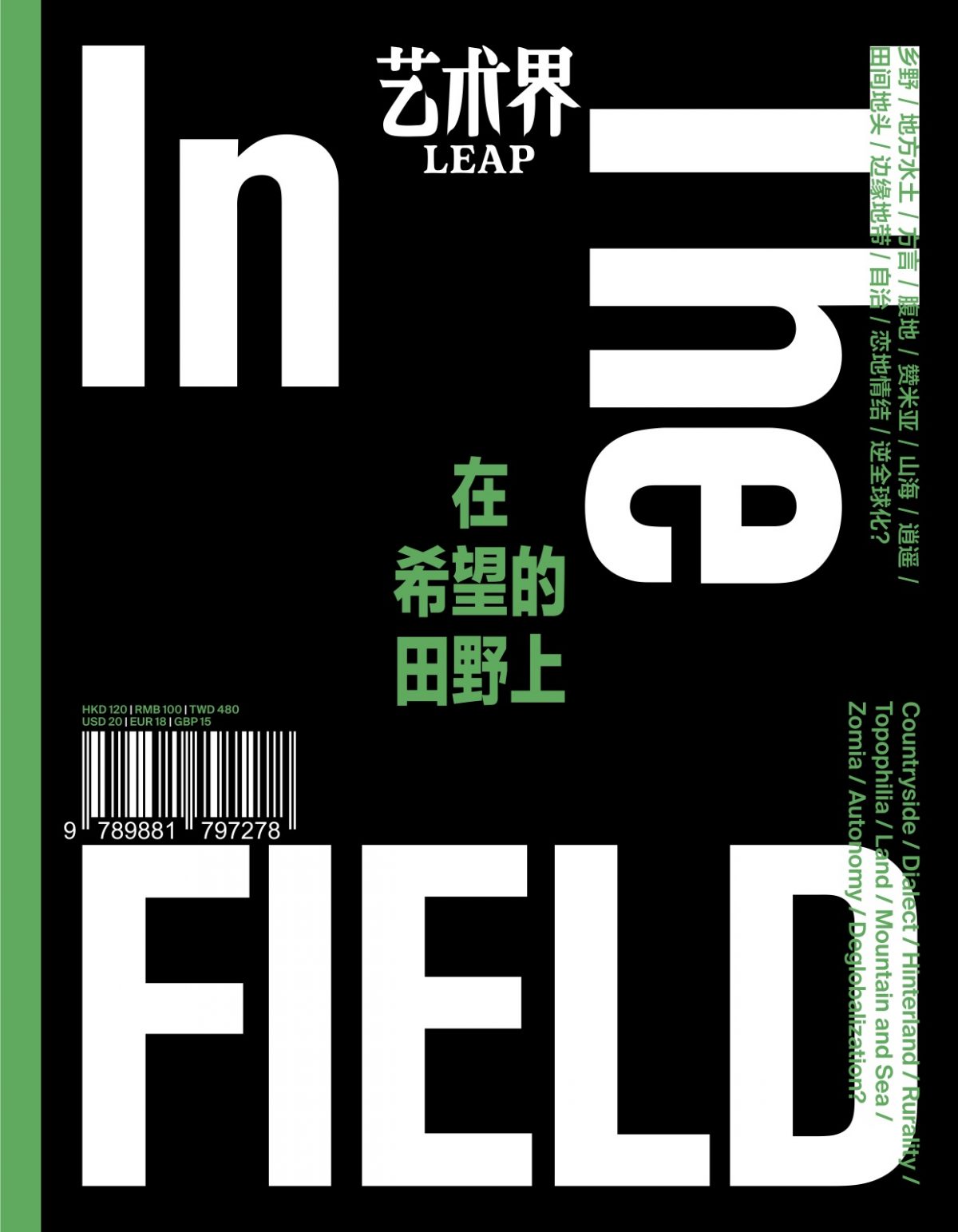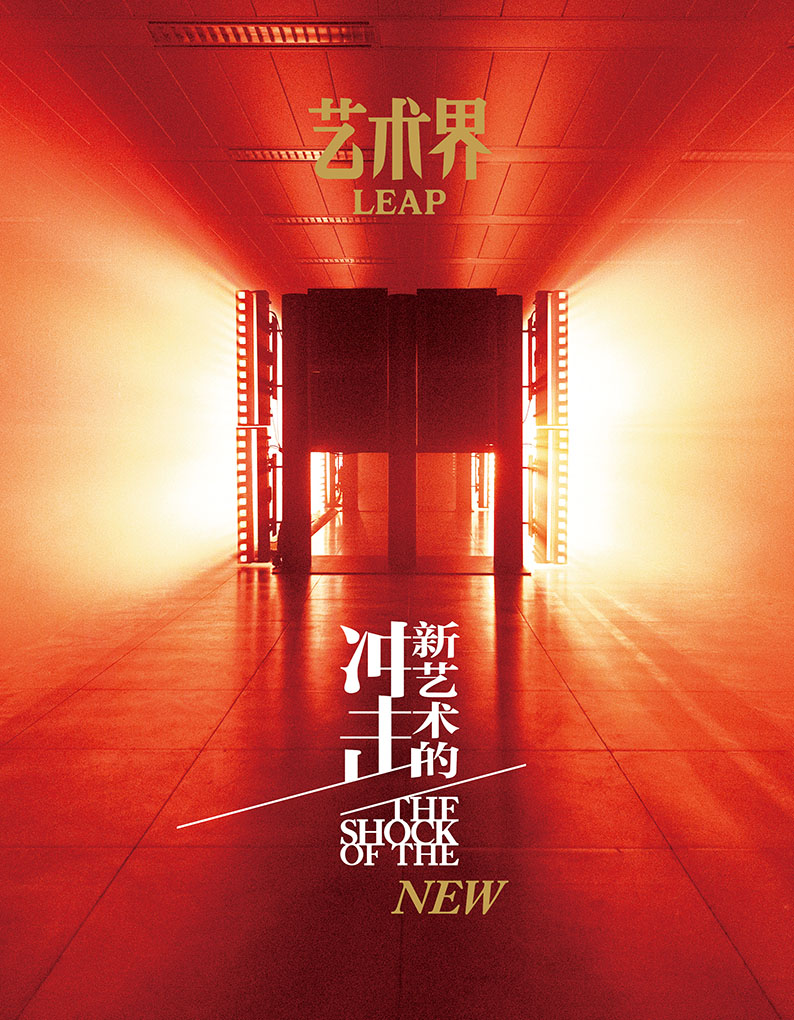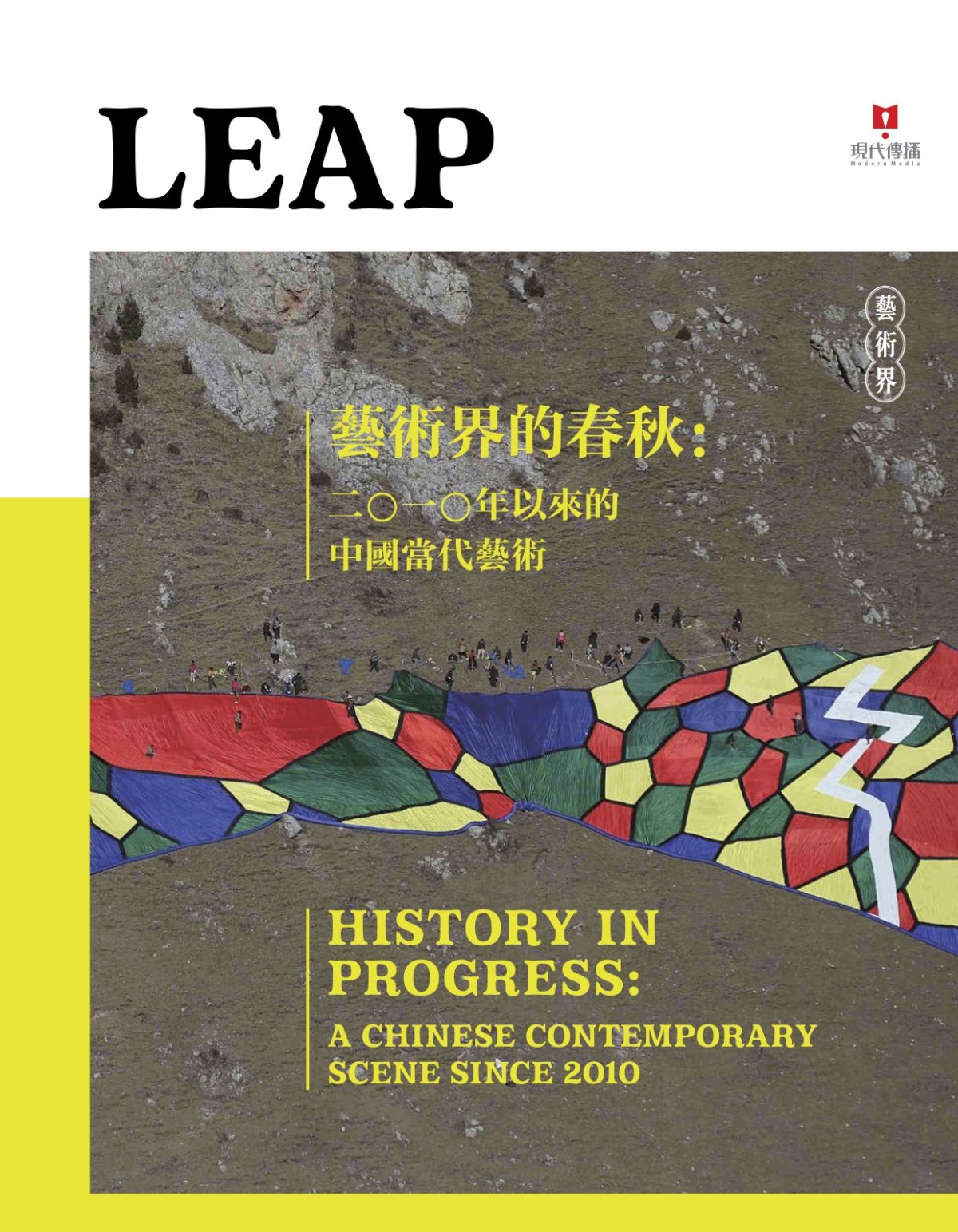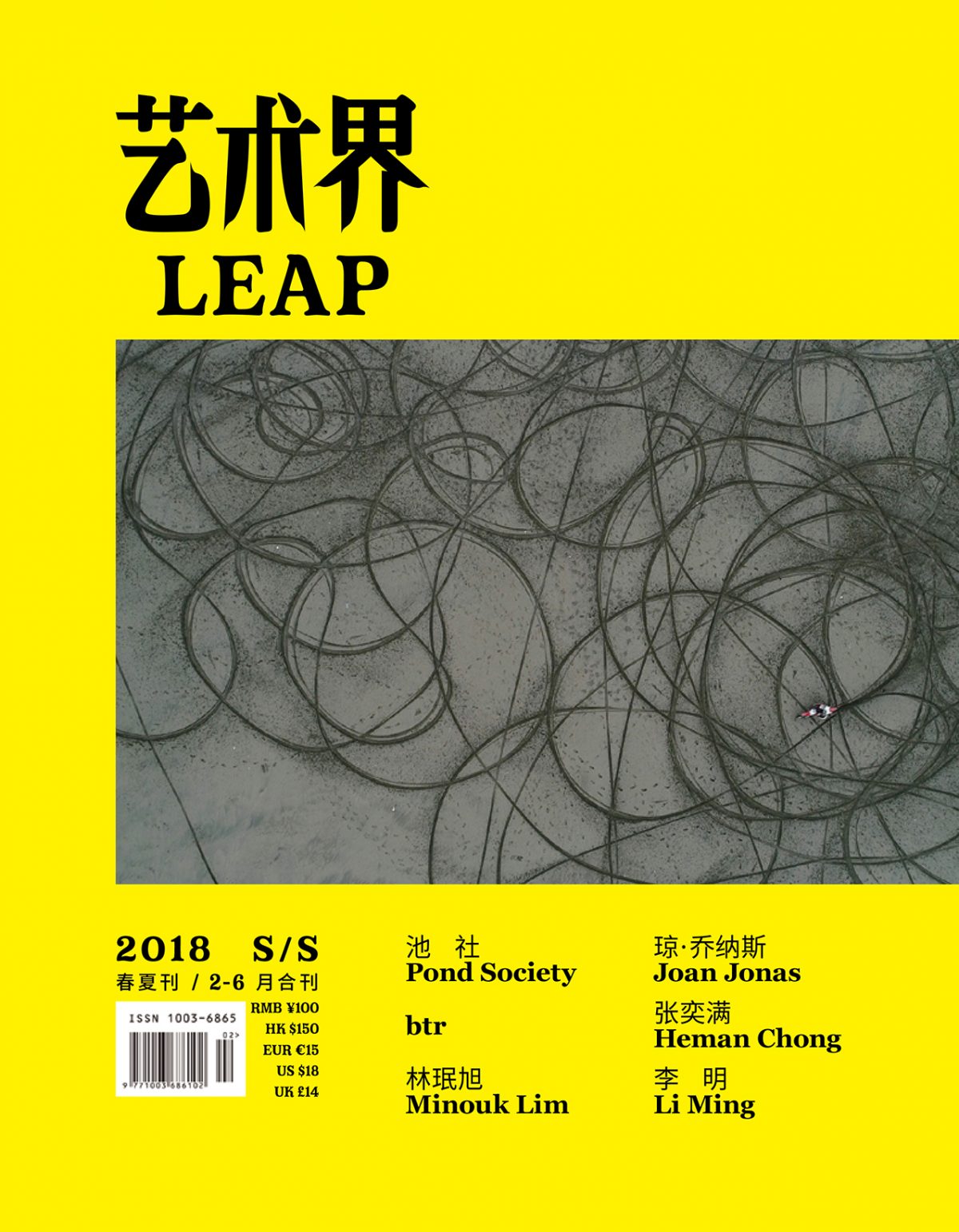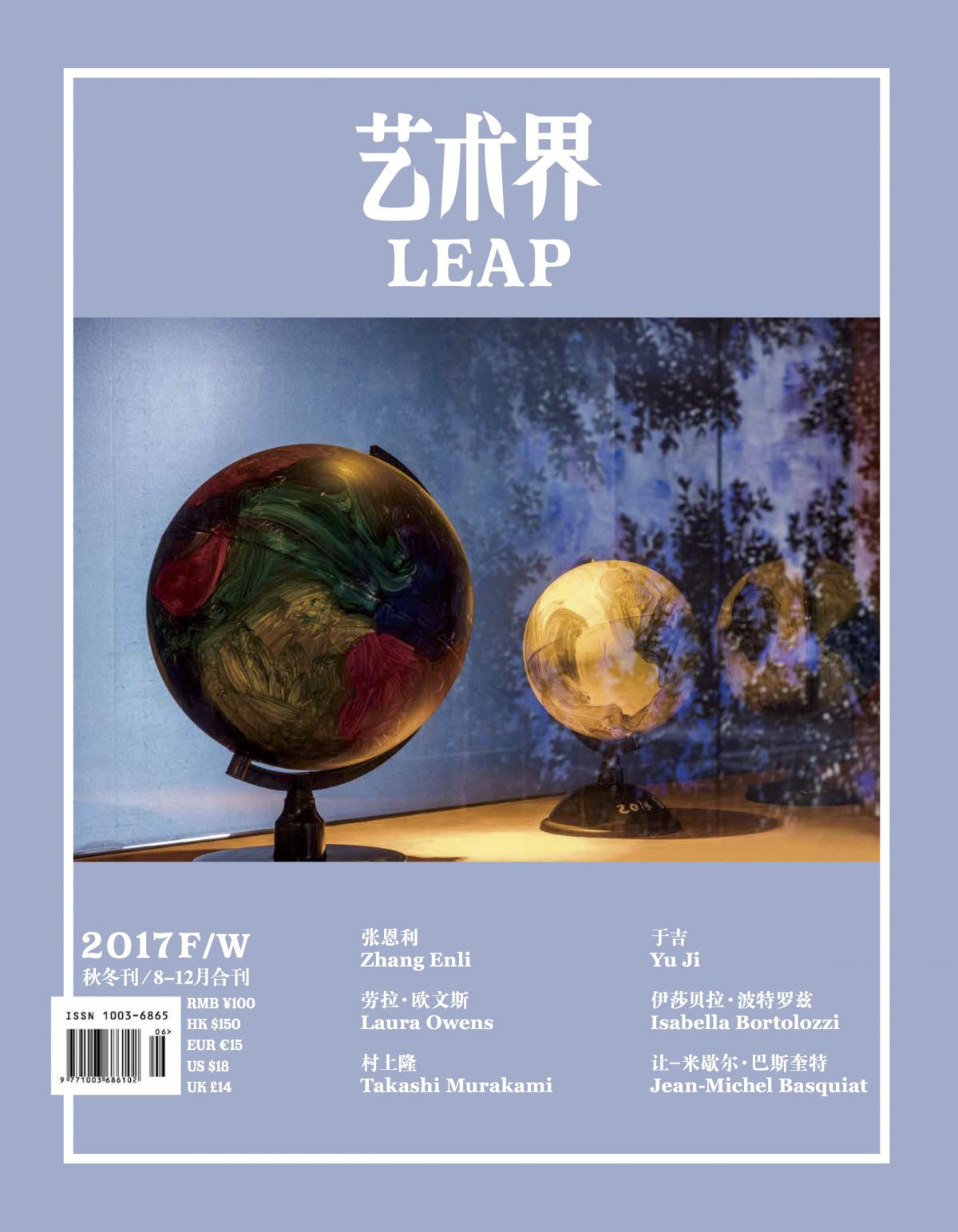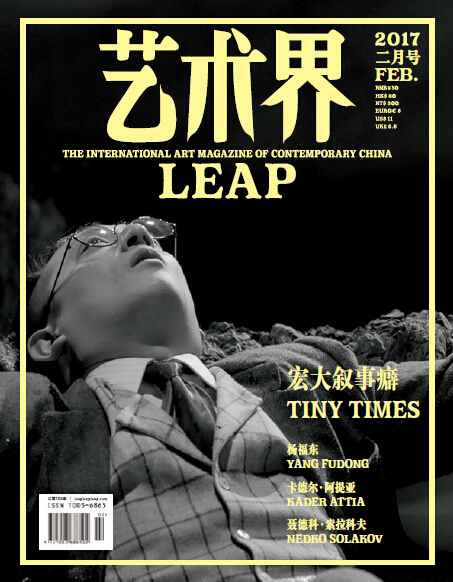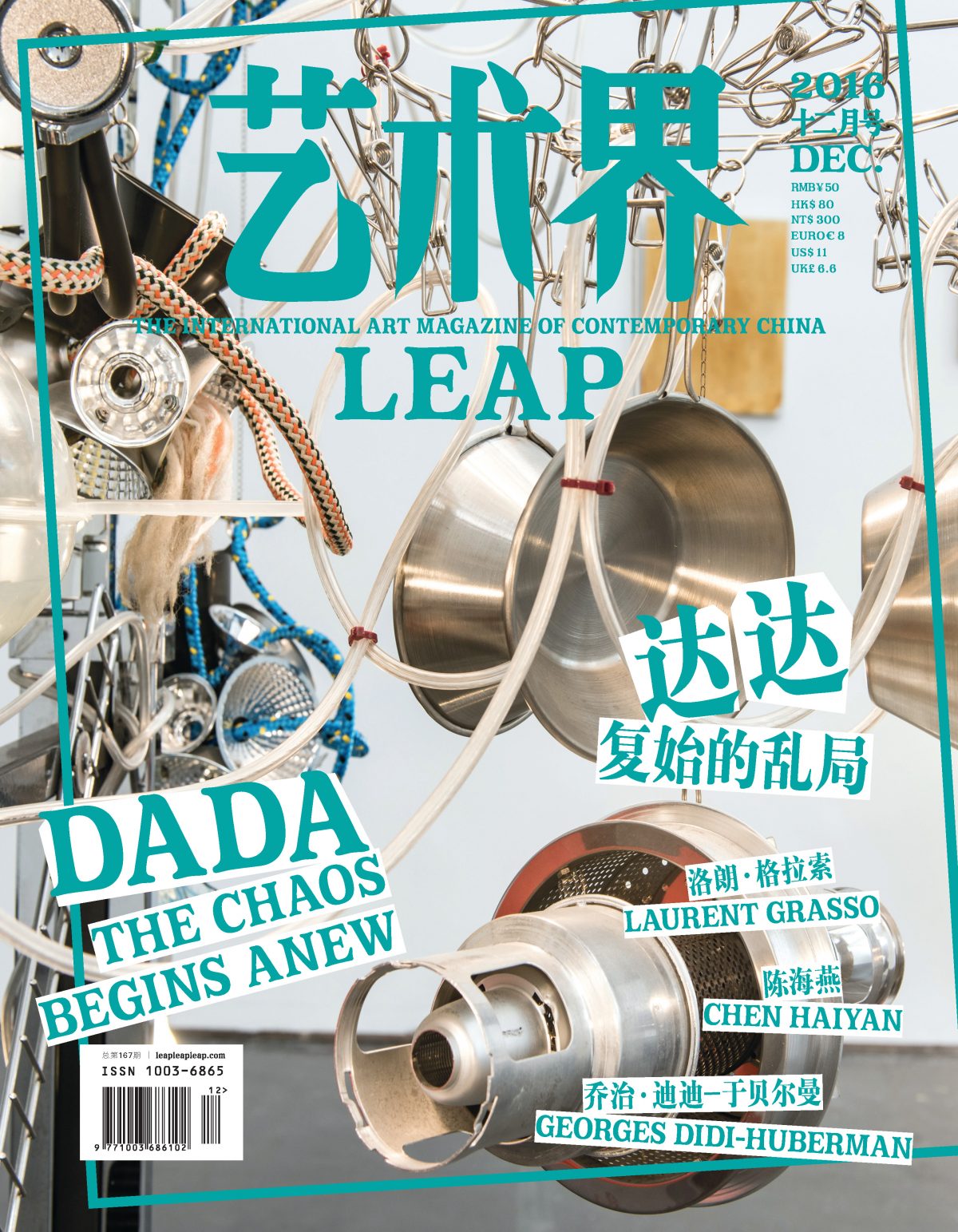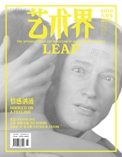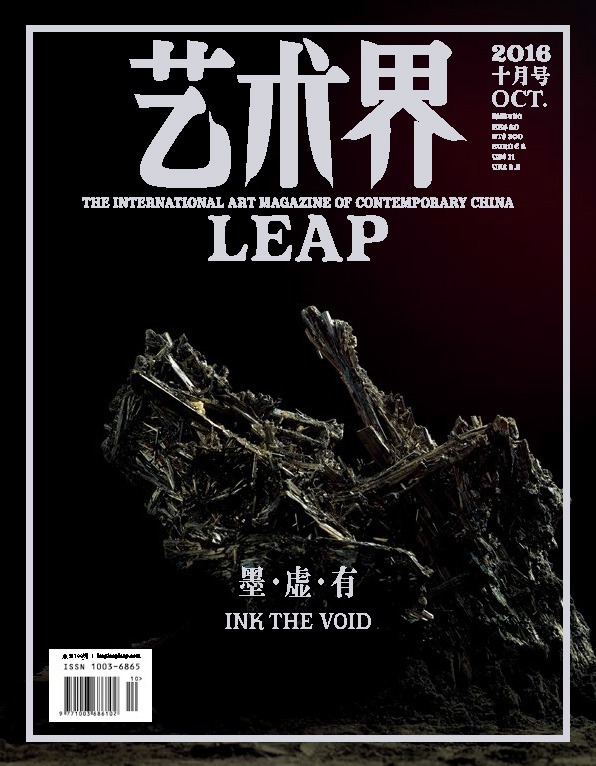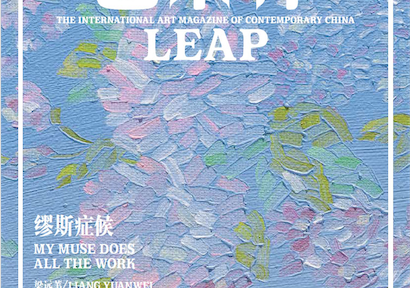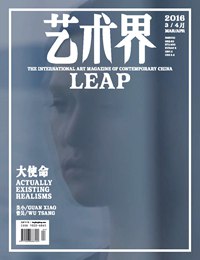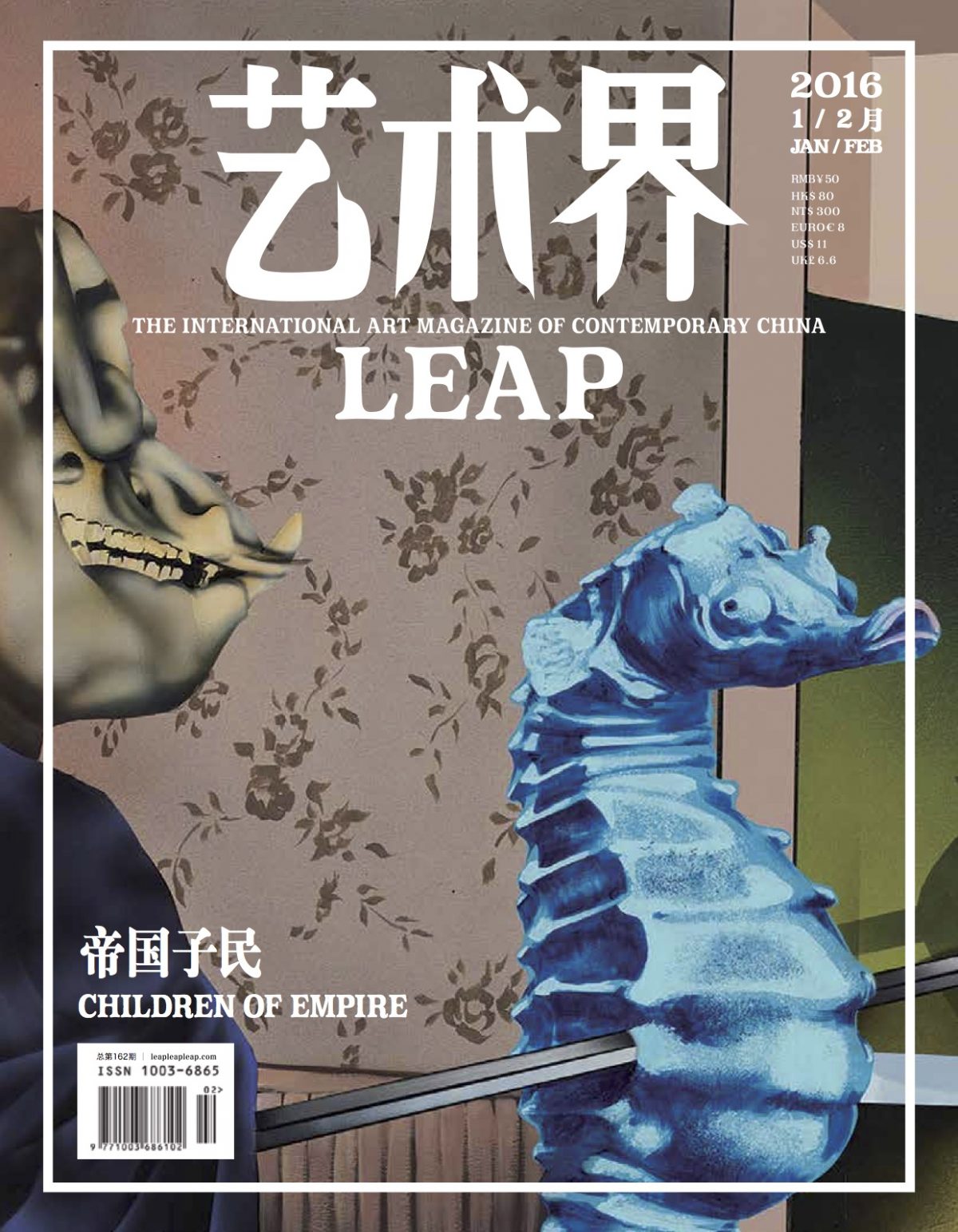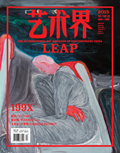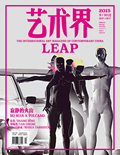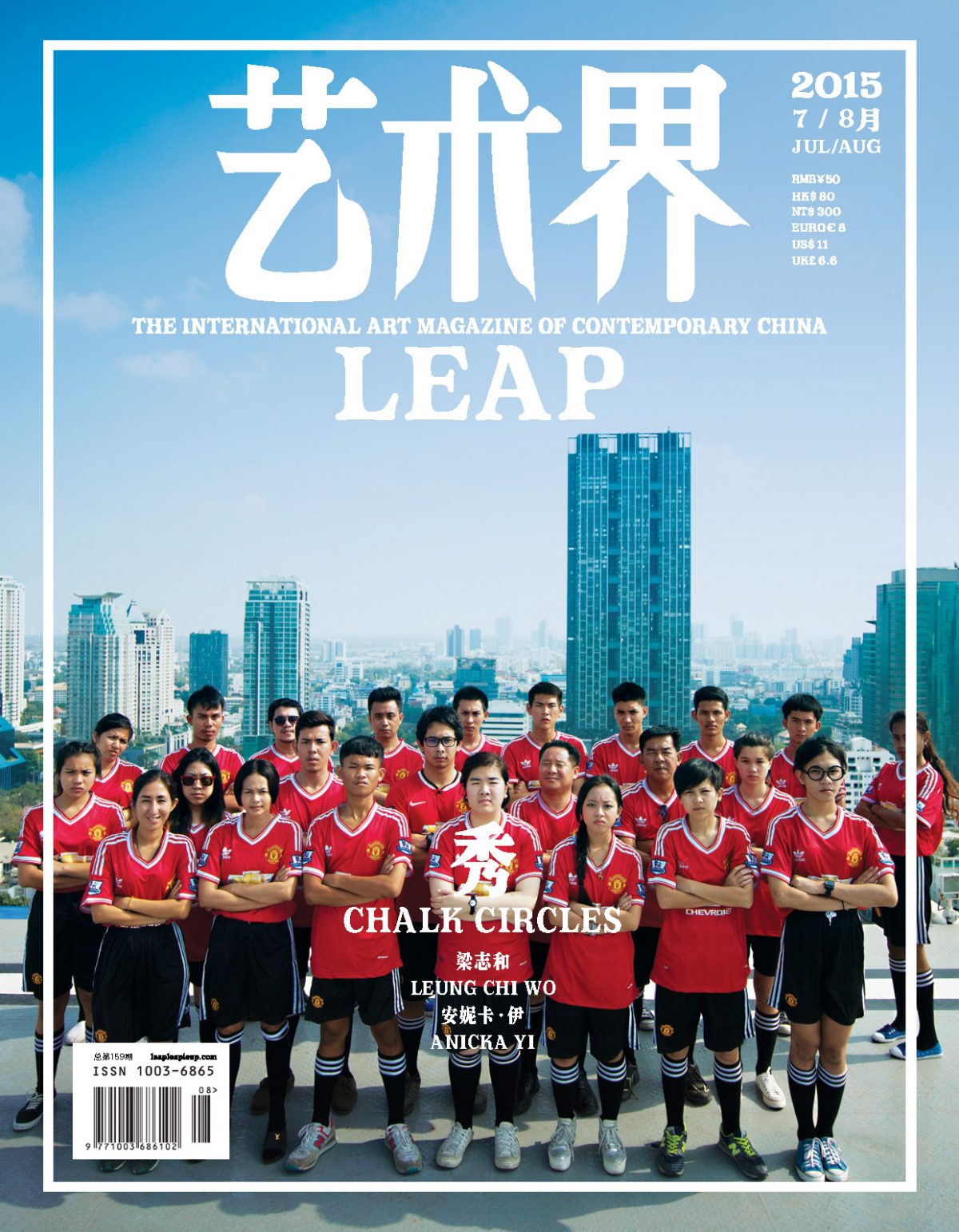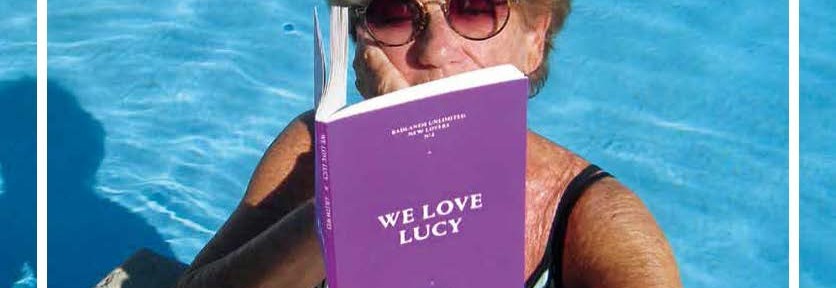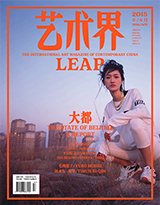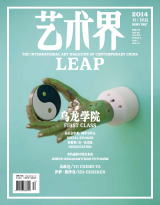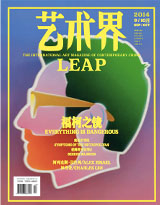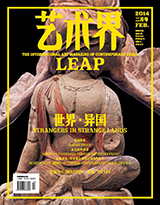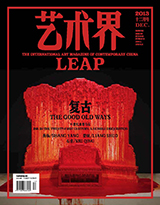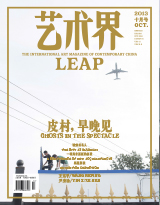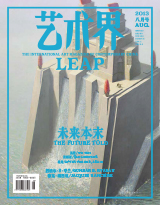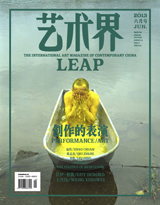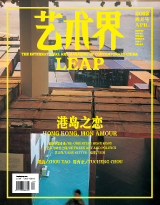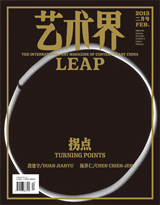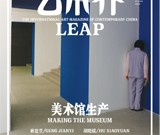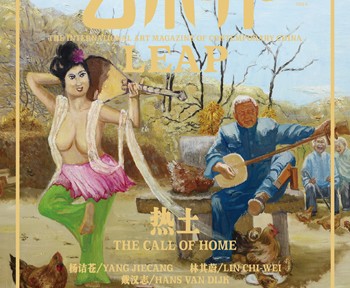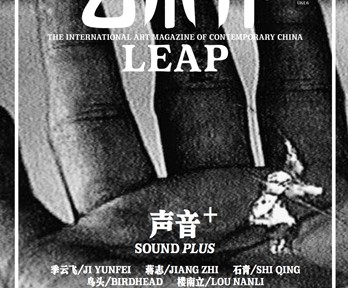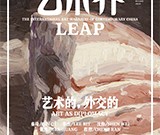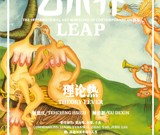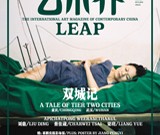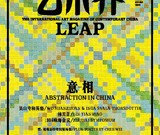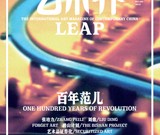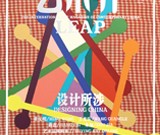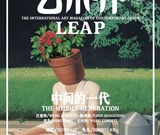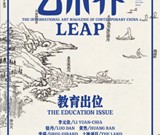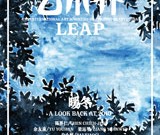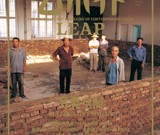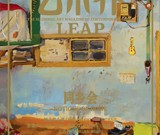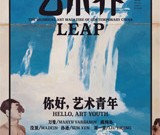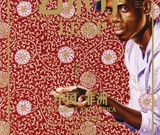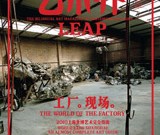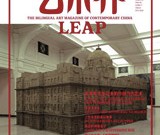The two Chinese characters ku er are owed to the playful transliteration of the word “queer,” attributed to Taiwanese writer and scholar Chi Ta-wei in the 1994 special queer issue for Isle Margin, then the most important publication dedicated to cultural movements in Taiwan. Twenty years later, LEAP is dedicating an issue to queer art and culture as well. In this issue’s cover feature, we see artists in rural Beijing in the mid-1990s employing queerness as means to further marginalize themselves, and among others in the past couple years, to stand out among their peers and predecessors. Yet given the paucity of queer art and artists here at home, we also look beyond these borders: Douglas Crimp walks us through the queer heyday of 1970s New York; Travis Jeppesen peers into the queer gaze of experimental film elsewhere in Asia; and Cosmin Costinas and Chantal Wong elucidate issues of sexuality in Hong Kong and their roots in race and urbanization. Finally, we examine queer art on the Mainland, only to discover that sometimes, appearances deceive. Bisecting these four articles are a peppering of artworks from Jaanus Samma, Wu Tsang, Wang Taocheng, and Trevor Yeung.
Filling out the middle section of the magazine are two features on rising young artists Qiu Xiaofei and He Xiangyu. What we see in the practice of Qiu is both a reverence for and avoidance of the past that in the present find a rational reconciliation by way of the artist’s granting greater autonomy to the canvas. He Xiangyu, meanwhile, distances himself from his previously “big” art, returning to inner reality and bringing painting, sensation, and the body together on the same plane.
In the top section of the magazine, we recount the Art Basel Hong Kong Salon “The Gift of Tongues,” wherein LEAP deputy editor-in-chief Einar Engström set out together with curators Pauline J. Yao and Anthony Yung to delineate the intersections of art and language as seen, and heard, in the practices of Chow Chun Fai and Xu Tan. We also conduct an exclusive interview with Danh Vo about the artist’s working methods; recount the Taipei live art collective Ghost Mountain Ghost Shovel’s resurrection of the era of martial law; take a quick trip to Tokyo through the eyes of senior editor Wu Jianru; visit the science-fictional exhibition “New Death” with contributor Stephanie Bailey; consider the connections between politics and sound in Taiwan with critic Yunglin Wang; analyze the new position of light in the practice of Li Shurui, and in the new columns “Writer’s Camp,” “On Paper,” and “Unity of Action,” take a look at a fictional exhibition, the paper-centric practice of Wen Ling; and the newest exhibition of artist collective N12, respectively.
In the final third of our June issue are 16 reviews of select exhibitions worldwide. The Biennale of Sydney gets the critical treatment, as do Zhang Peili and the group shows “The 8 of Paths,” “Positive Space,” “Film Directors in Correspondence,” “Re-View,” “Early,” “Go Jian Quest,” and “LANDSEASKY.” We also take a look at solo exhibitions from Yang Fudong, Zhang Hui, Lee Mingwei, Liu Ding, Yu Ji, and Hao Liang.


